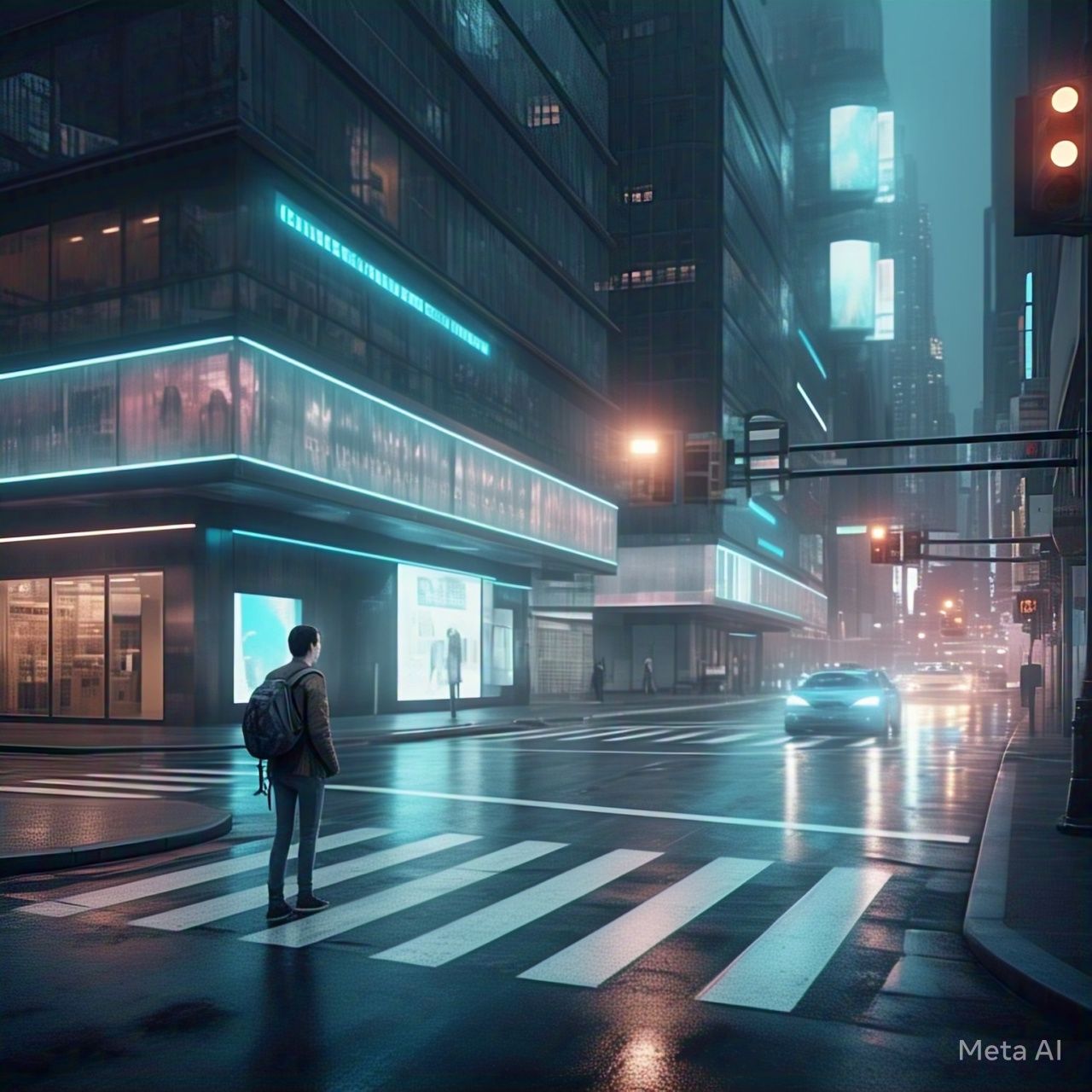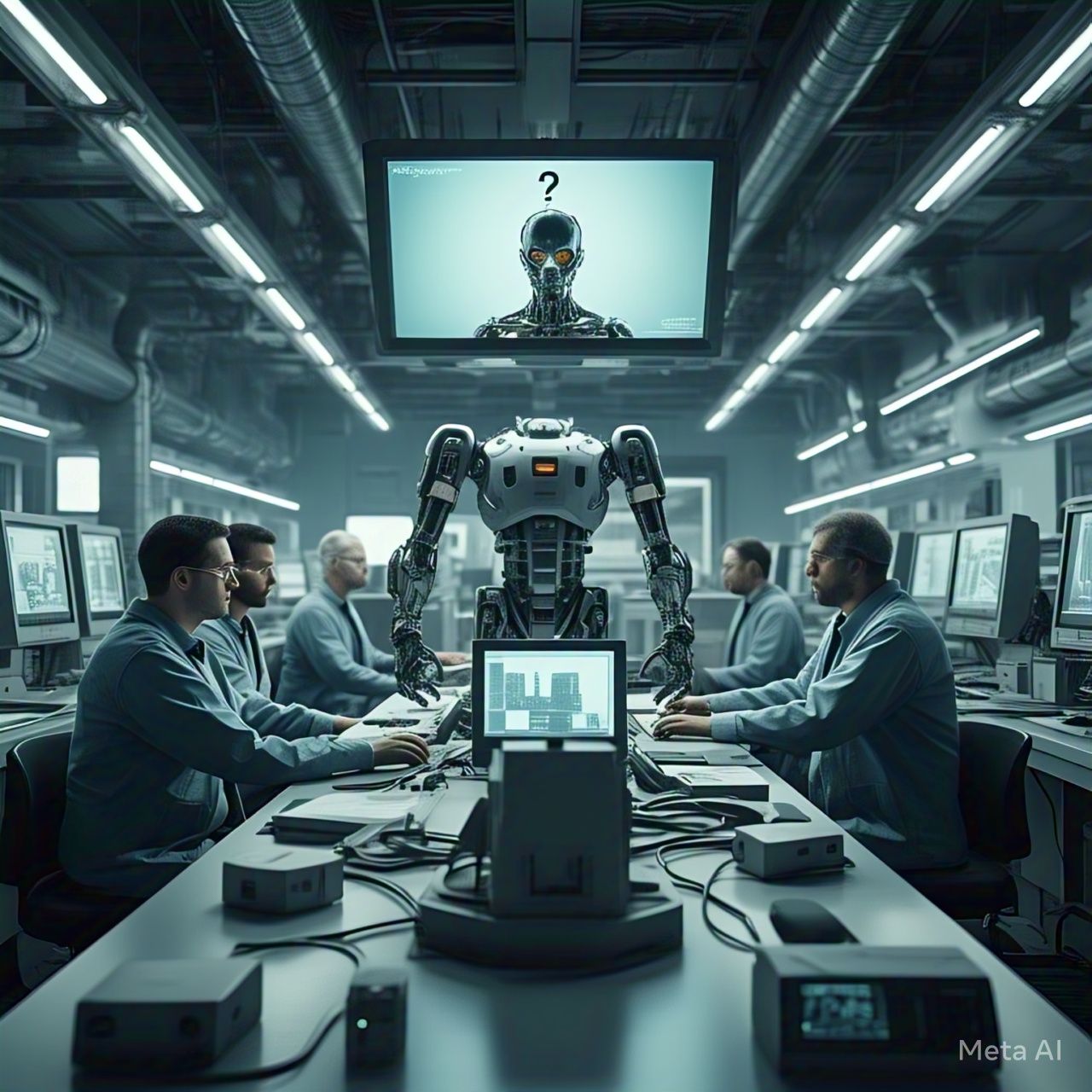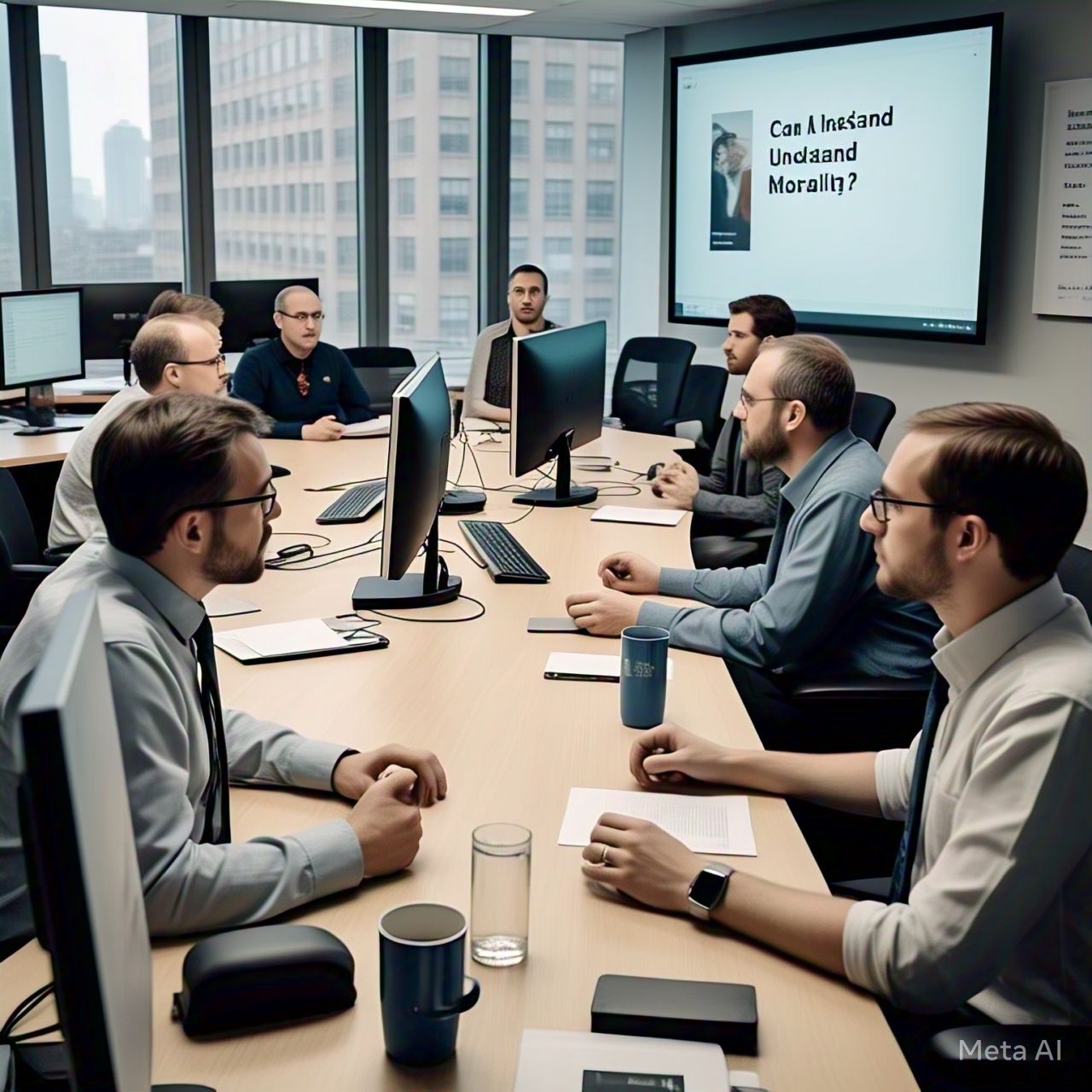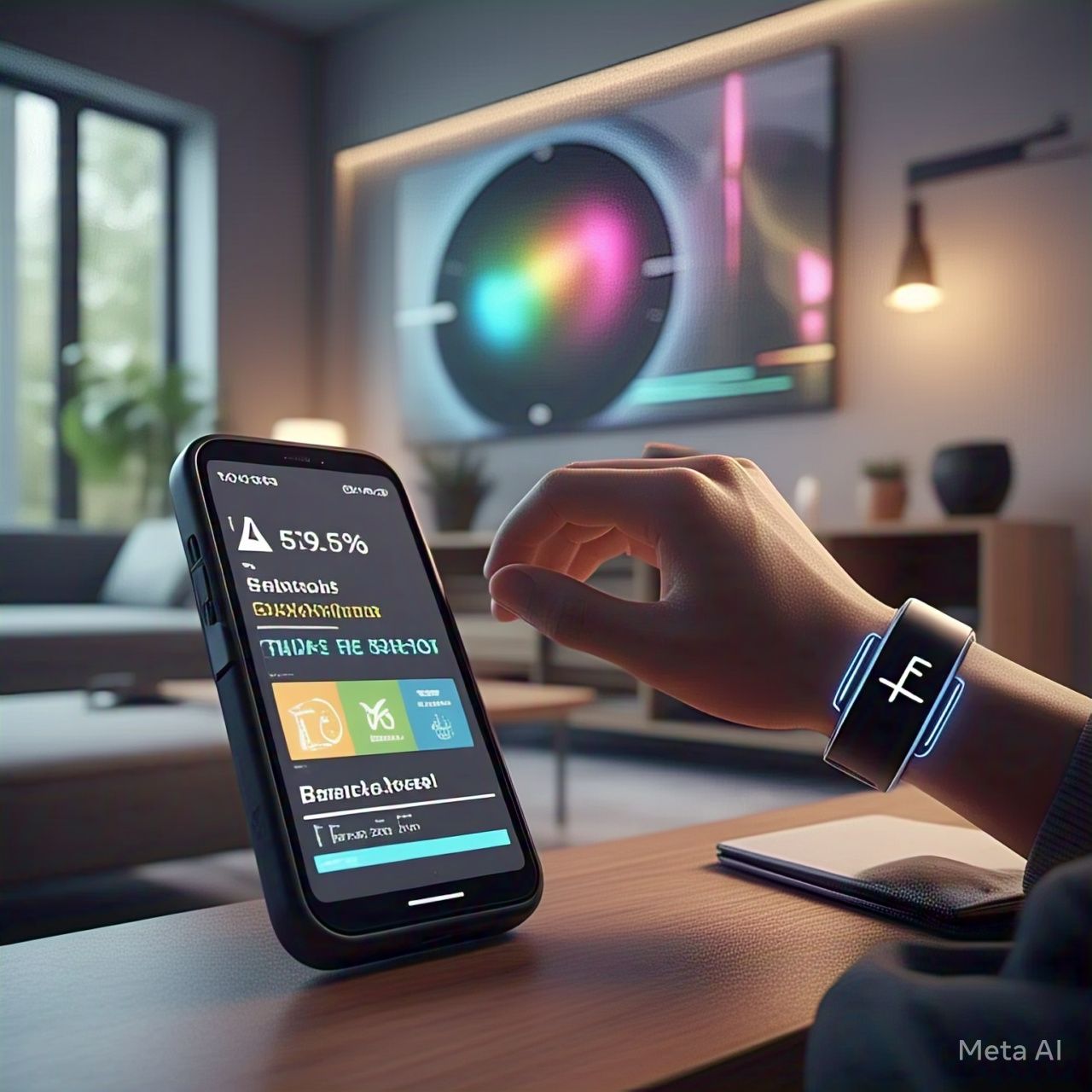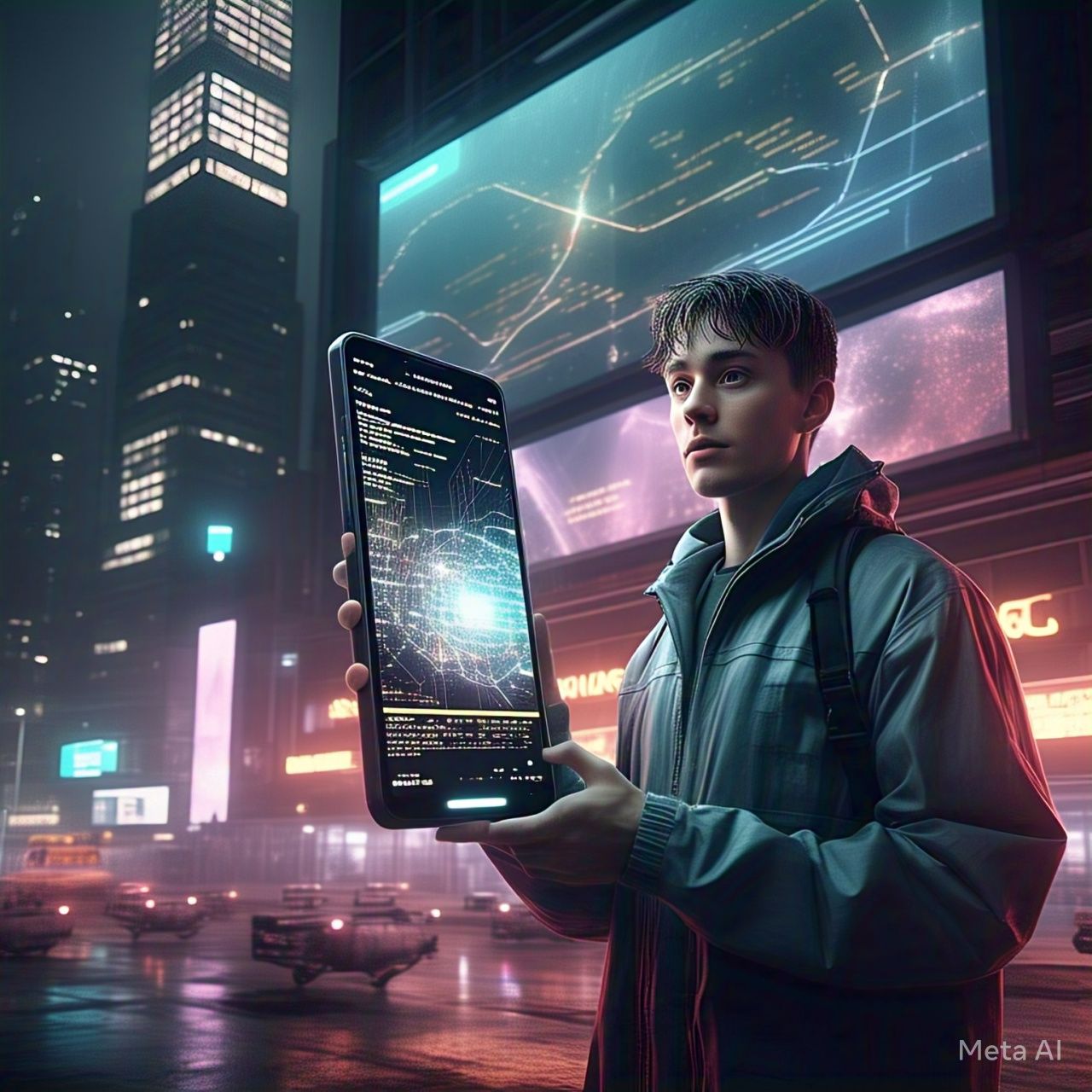Table of Contents
- Introduction
- The Role of AI in Pedestrian Safety
- How AI-Enabled Crosswalks Work
- Smart Crosswalk Technologies and Innovations
- AI-Powered Traffic Signal Optimization
- Real-Time Hazard Detection for Pedestrians
- The Benefits of AI in Pedestrian Safety
- Challenges and Limitations of AI in Crosswalk Management
- The Future of AI and Pedestrian Safety
- Conclusion
- FAQs
1. Introduction
Pedestrian safety is a growing concern in urban areas, where high traffic density and human movement intersect daily. Traditional crosswalks rely on static signals and infrastructure, which often fail to adapt to real-time conditions. AI-driven smart crosswalks are transforming pedestrian safety by utilizing machine learning, computer vision, and sensor technology to enhance visibility, reduce accidents, and improve traffic flow. This article explores how AI-powered crosswalks are shaping the future of pedestrian safety.
2. The Role of AI in Pedestrian Safety
AI is being integrated into urban mobility to enhance pedestrian safety through:
- Smart crosswalks with adaptive signaling that respond to real-time foot traffic.
- Computer vision-powered pedestrian detection to prevent accidents.
- AI-driven traffic light adjustments to minimize wait times and optimize flow.
- IoT-connected crosswalk sensors that enhance visibility in low-light conditions.
These technologies enable safer and more efficient pedestrian movement in cities.
3. How AI-Enabled Crosswalks Work
AI-powered crosswalks leverage various technologies to improve pedestrian safety:
- Infrared and LiDAR sensors detect pedestrian movement in real-time.
- AI-powered cameras analyze pedestrian behavior and traffic patterns.
- Adaptive LED crosswalks illuminate when a pedestrian is detected.
- Connected traffic signals adjust timing based on real-time pedestrian density.
Table: Traditional vs. AI-Enabled Crosswalks
| Feature | Traditional Crosswalks | AI-Enabled Crosswalks |
|---|---|---|
| Signal Control | Pre-set timing | Adaptive real-time response |
| Pedestrian Detection | Limited or none | AI-powered vision and sensors |
| Accident Prevention | Reactive | Predictive and proactive |
| Night Visibility | Static streetlights | LED-based smart crosswalks |
4. Smart Crosswalk Technologies and Innovations
AI-driven crosswalk systems integrate multiple technologies, including:
- Pressure-sensitive pavement to detect pedestrian presence.
- Augmented reality (AR) crosswalks for enhanced visibility.
- AI-driven predictive analytics to anticipate pedestrian behavior.
- Emergency vehicle prioritization to manage pedestrian flow during crises.
These innovations make crosswalks safer, especially in high-traffic urban centers.
5. AI-Powered Traffic Signal Optimization
AI optimizes pedestrian traffic signals by:
- Analyzing foot traffic data to reduce unnecessary waiting times.
- Dynamically adjusting crosswalk signals based on real-time conditions.
- Integrating with vehicle traffic systems to balance pedestrian and vehicle movement.
- Alerting distracted pedestrians via smart notifications and audible signals.
With AI-driven optimization, pedestrian crossings become more efficient and safer.
6. Real-Time Hazard Detection for Pedestrians
AI improves pedestrian safety by detecting and responding to real-time hazards such as:
- Distracted walking (e.g., smartphone usage near crosswalks).
- Speeding vehicles that pose a risk to pedestrians.
- Jaywalking behavior to alert pedestrians and drivers.
- Low visibility conditions where AI enhances lighting and warnings.
AI-driven hazard detection reduces pedestrian-related accidents significantly.
7. The Benefits of AI in Pedestrian Safety
AI-powered crosswalks offer multiple benefits, including:
- Enhanced pedestrian visibility, reducing accident risks.
- Reduced traffic congestion by improving pedestrian flow efficiency.
- Adaptive crosswalk timing, making crossings safer and more convenient.
- Real-time analytics for urban planners, improving long-term traffic management.
8. Challenges and Limitations of AI in Crosswalk Management
While AI offers numerous advantages, there are challenges to its implementation:
- High Infrastructure Costs – AI-enabled crosswalks require significant investment.
- Data Privacy Concerns – AI-driven pedestrian tracking may raise privacy issues.
- System Reliability – AI accuracy depends on high-quality sensors and data processing.
- Legal and Policy Constraints – Cities need regulations to integrate AI into traffic management.
- Cybersecurity Risks – AI-driven traffic systems are vulnerable to hacking.
Overcoming these challenges is essential for maximizing AI’s potential in pedestrian safety.
9. The Future of AI and Pedestrian Safety
Future advancements in AI-powered pedestrian safety include:
- AI-integrated autonomous crosswalk guards to monitor crossings.
- 5G-enabled pedestrian networks for real-time citywide coordination.
- Self-learning AI algorithms to adapt crosswalks dynamically.
- AI-enhanced pedestrian-to-vehicle communication for safer crossings.
As technology advances, AI will continue to play a crucial role in pedestrian safety improvements.
10. Conclusion
AI-driven smart crosswalks are revolutionizing pedestrian safety in cities by integrating real-time data processing, predictive analytics, and adaptive signaling. These innovations reduce accidents, optimize pedestrian movement, and enhance overall urban mobility. While challenges exist, ongoing AI advancements will continue to make pedestrian crossings safer, more efficient, and seamlessly integrated into smart city infrastructure.
11. FAQs
1. How do AI-powered crosswalks improve pedestrian safety?
AI-powered crosswalks use sensors, cameras, and adaptive lighting to detect pedestrians, adjust signals, and enhance visibility, reducing accidents.
2. Can AI predict pedestrian accidents before they happen?
Yes, AI analyzes pedestrian behavior, vehicle speeds, and environmental conditions to identify potential hazards and take preventive measures.
3. Are AI-driven crosswalks expensive to implement?
While AI crosswalks require initial investment, they reduce accident costs, improve traffic efficiency, and enhance urban safety in the long run.
4. What challenges do smart crosswalks face?
Challenges include high costs, privacy concerns, cybersecurity threats, and legal barriers that need to be addressed for widespread adoption.
5. What is the future of AI in pedestrian safety?
Future AI developments include autonomous crosswalk monitors, real-time pedestrian tracking networks, and AI-driven predictive safety measures.
Citations:
- World Economic Forum – AI and Pedestrian Safety
- International Transport Forum – AI in Urban Mobility
- MIT AI Lab – Computer Vision for Pedestrian Detection
- Smart Cities Council – AI and Traffic Management
- National Highway Traffic Safety Administration (NHTSA) – AI in Road Safety
